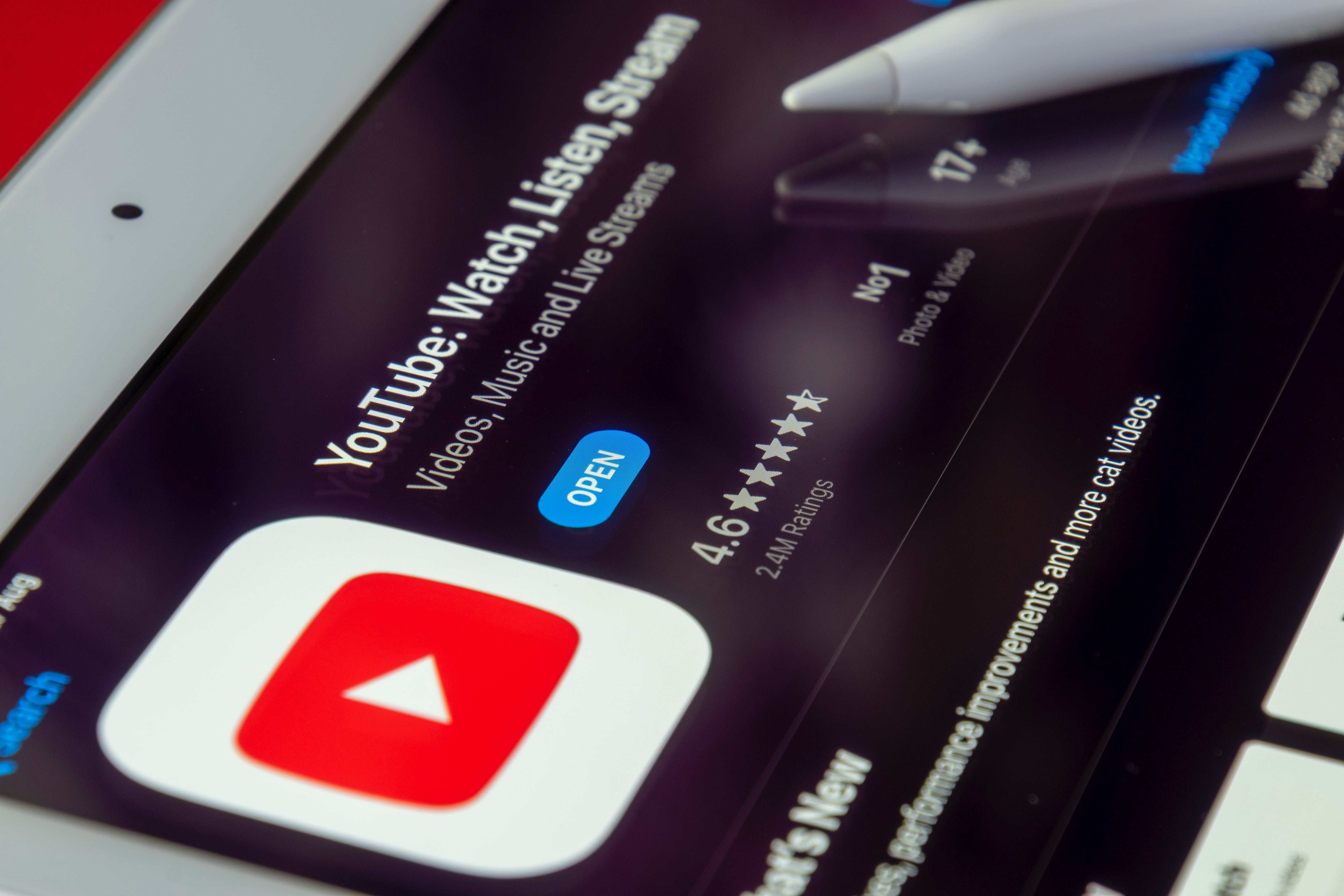Solving brand suitability and driving YouTube ad performance
Youtube is undeniably the world’s number one video platform. Since launching in 2005, the platform has had unbeatable global reach. Statista reported that there are 2.24 billion active users on the platform as of 2021, which amounts to almost half of the 5 billion total internet users worldwide. It’s no secret that Youtube advertisements can help marketers expand their reach, but the question is: How can media buyers take advantage of YouTube’s huge reach, while making sure their ads appear next to videos that are relevant, safe, and likely to boost sales?
The answer is Precise TV. Since our inception in 2015, we have delivered relevant ad placements that transform ad performance on YouTube ‒ improving TrueView view through rates by an average of 50%. Not only that, but our process secures brand suitability by providing video level control to marketers over their ad placements.
In this five minute brief, Precise TV gives some quick pointers for advertisers keen to deliver YouTube ad placements that are both high-performing and brand suitable.
How does YouTube select placements for its advertisers?
There are two main ways that YouTube places videos alongside ads. One way is “contextual,” based on keywords. For instance, if Tesla bids to place ads against videos which feature the “Tesla” keyword, an ad for the brand may appear alongside lifestyle vlogs of people who own e-vehicles or in a video of a user test-driving a Tesla.
However, YouTube’s algorithm also assigns ads to videos through “behavioral” placements. So, if a user watches a DIY video on how to unclog a sink, they may see a Tesla ad because they watched a Tesla video at some point in the past, and that was recorded in their user data.This ultimately becomes a brand suitability (& safety) issue as misplaced advertisements do no good for marketers or viewers.
So how does Precise TV solve these brand suitability issues?
Precise TV blends considerable industry expertise with machine-learning algorithms to analyze millions of videos, identifying the most appropriate ones for your ad placements. Our service identifies contextually relevant videos for your ads, removing on average 50% of placements deemed irrelevant and unsuitable.
Precise TV takes a three-step approach to delivering more relevant, brand-suitable, and better performing campaigns. First, we filter out any non-relevant videos before the campaign goes live, to optimize performance from the start. Then we use real-time analytics to manage performance at granular placement level throughout the campaign period. Finally, we provide clear and actionable analytics to inform future campaigns.
The result is then Precise TV’s proprietary technology identifying video-level moments that offer the most return on investment for advertisers. Video-level moments are determined per video, instead of per channel. Meaning ads are optimized to reach customers who are more likely to make a purchase.
What is Google doing to safeguard brand suitability for YouTube advertisers?
In 2017, Google introduced changes to YouTube advertising, restricting advertising to channels with at least 10,000 views, and starting a process of auditing videos to see if they were appropriate for advertisers. At Precise TV, we share the industry’s confidence that Google will resolve any “video nasty” issues, such as Jihadi content, as a matter of priority. For non-relevant placements that don’t damage brands as such, but can nevertheless affect performance, Precise TV provides video-level transparency as additional reassurance.
Can advertisers have it all ‒ brand suitability and YouTube ad performance?
Brand suitability is just one element Precise TV has to offer. For brands, an equally important task is to find ways of improving the performance of their YouTube ads through more relevant placements. This is where Precise TV’s understanding, as a Google Partner, of the YouTube ecosystem really makes a difference for brands.
Outside of being a Google Partner, Precise TV also has access to different data backlogs across the consumer shopping journey, including a recently added data stream of Amazon shopping behavior; a market first to have access to. Early results of using this data drives a 43 percent higher chance of conversion.
Unilever CMO Keith Weed has told the Wall Street Journal that it is the responsibility of brands to make sure their ads appear in the right placements. He said the best way to achieve this is by working with third-party services. At Precise TV, our service ensures that your ads appear in the right placements, and, crucially, that those placements are safe for your brand. We improve VTR by an average of 50% and product interest by up to 161%, while delivering peace of mind on the brand suitability front.
If you’d like to know more about how Precise TV can solve brand suitability and drive YouTube ad performance, please get in touch.
